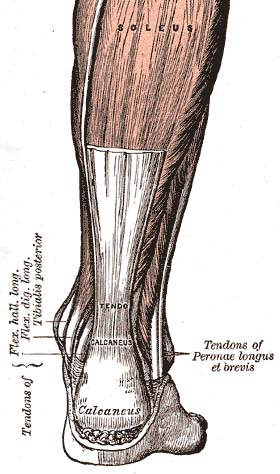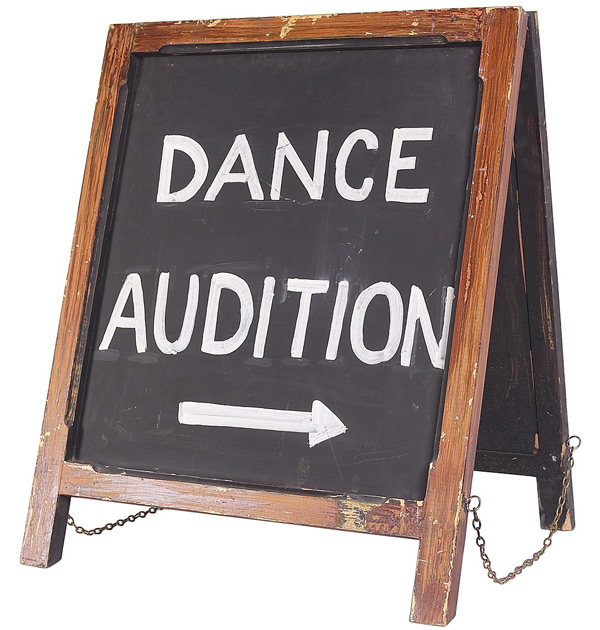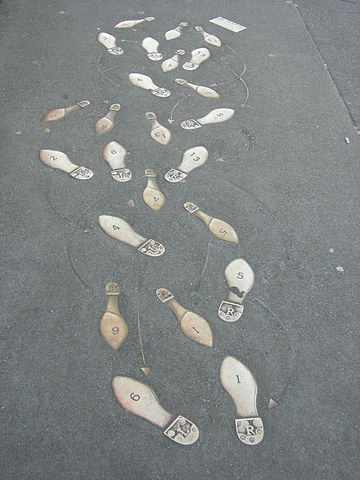 For dancers, the correct nutrition for the body is of utmost importance for their performance in dance. Dancers are athletes combined with artistry, so they must think of themselves as athletes, and how athletes manage their food intakes or their nutrient and energy needs.
For dancers, the correct nutrition for the body is of utmost importance for their performance in dance. Dancers are athletes combined with artistry, so they must think of themselves as athletes, and how athletes manage their food intakes or their nutrient and energy needs.
The energy dancers need varies enormously but generally increases with the level, time and intensity of training. Males need more energy because they have more muscle mass than females but every day can be different for both sexes. If dancers find that they are tired most of the time, not recovering sufficiently from an injury or just not performing well, they are not meeting their energy needs.
Compared to the general population, dancers need to eat foods that are going to help them in their dance performance. Specifically, these foods are energy-giving grains, high quality proteins as well as some good fats and oils. Dancers must eat good quality food to serve their bodies, filled with nutrients and vitamins which are useful for performance. Many dancers also get caught up with the energy content of food rather than the quality; often what is required is higher energy content food in order to meet needs rather than opting for low-energy or fat alternatives.
Another vital need for dancers and their performance is hydration – this is critical to dancers’ well being and energy levels, supplementing the body during its hard work. Dehydration most commonly causes low energy, headaches and difficulty concentrating or focusing, so is the number one requirement for dancers or any athlete. On an average day, dancers should be aiming for 35-45ml per kg per day, and more if it’s hot or classes are long or intense.

 Are you blessed with long Achilles tendons, loose calf muscles and a deep plié? Count yourself lucky. Many dancers are desperate to increase the depth of their plié however, short of surgery, there is only so much change that can be made.
Are you blessed with long Achilles tendons, loose calf muscles and a deep plié? Count yourself lucky. Many dancers are desperate to increase the depth of their plié however, short of surgery, there is only so much change that can be made. Auditions are a huge part of any dancers life: some dancers revel in auditions with the chance to perform in a more informal environment, others speak of auditions with dread and worry. Whatever your view of auditions, there are a few key points to help you along the way, especially when preparing your dance piece for the big day.
Auditions are a huge part of any dancers life: some dancers revel in auditions with the chance to perform in a more informal environment, others speak of auditions with dread and worry. Whatever your view of auditions, there are a few key points to help you along the way, especially when preparing your dance piece for the big day.
 With injuries perhaps the most feared aspect of a performer’s life, it is important that your diet is aiding recovery, aside from other treatments you may be using such as ice, physiotherapy and rest. Ensuring you are providing your body with good nutrition will reduce recovery times, which is paramount for getting back in the studio. It is said that there are three key nutrients to get you back on top form.
With injuries perhaps the most feared aspect of a performer’s life, it is important that your diet is aiding recovery, aside from other treatments you may be using such as ice, physiotherapy and rest. Ensuring you are providing your body with good nutrition will reduce recovery times, which is paramount for getting back in the studio. It is said that there are three key nutrients to get you back on top form. Historically, the term ‘Achilles Heel’ referred to the greatest weakness of an individual: Achilles was a figure of Greek Mythology, a hero of the Trojan War killed by a small injury to his heel. Today, following this tale, the Achilles is the small tendon connecting the calf muscle to the heel bone. The tendon is still a weakness for many dancers, most notable recently was the snapping of the tendon of a Bolshoi dancer during a performance. This was a result of tendonosis, a chronic and more serious condition where bouts of tendonitis are not treated properly or the dancer does not take adequate time to rest.
Historically, the term ‘Achilles Heel’ referred to the greatest weakness of an individual: Achilles was a figure of Greek Mythology, a hero of the Trojan War killed by a small injury to his heel. Today, following this tale, the Achilles is the small tendon connecting the calf muscle to the heel bone. The tendon is still a weakness for many dancers, most notable recently was the snapping of the tendon of a Bolshoi dancer during a performance. This was a result of tendonosis, a chronic and more serious condition where bouts of tendonitis are not treated properly or the dancer does not take adequate time to rest. Beginning pointe work is not to be taken lightly or begun before your body is ready: going on pointe before this can cause foot deformities, for example, and other problems later in life. Factors such as age, parental expectations and the students’ desire to go on pointe are not substantial in determining if a student should starting training on pointe, with teachers needing to consider range of movement in the foot and ankle, technical ability and inherent bodily design overall.
Beginning pointe work is not to be taken lightly or begun before your body is ready: going on pointe before this can cause foot deformities, for example, and other problems later in life. Factors such as age, parental expectations and the students’ desire to go on pointe are not substantial in determining if a student should starting training on pointe, with teachers needing to consider range of movement in the foot and ankle, technical ability and inherent bodily design overall. Picking up choreography in class or rehearsal can be an arduous task. If, as a dance student, it is something that you struggle with, it can be frustrating and inhibiting to observe peers grasping the movement while you are still worrying about the first eight counts. The movement can have the utmost simplicity, the counts can be clear and you can be familiar with the music, however putting the movements together and remembering them in that order can be a feat.
Picking up choreography in class or rehearsal can be an arduous task. If, as a dance student, it is something that you struggle with, it can be frustrating and inhibiting to observe peers grasping the movement while you are still worrying about the first eight counts. The movement can have the utmost simplicity, the counts can be clear and you can be familiar with the music, however putting the movements together and remembering them in that order can be a feat.